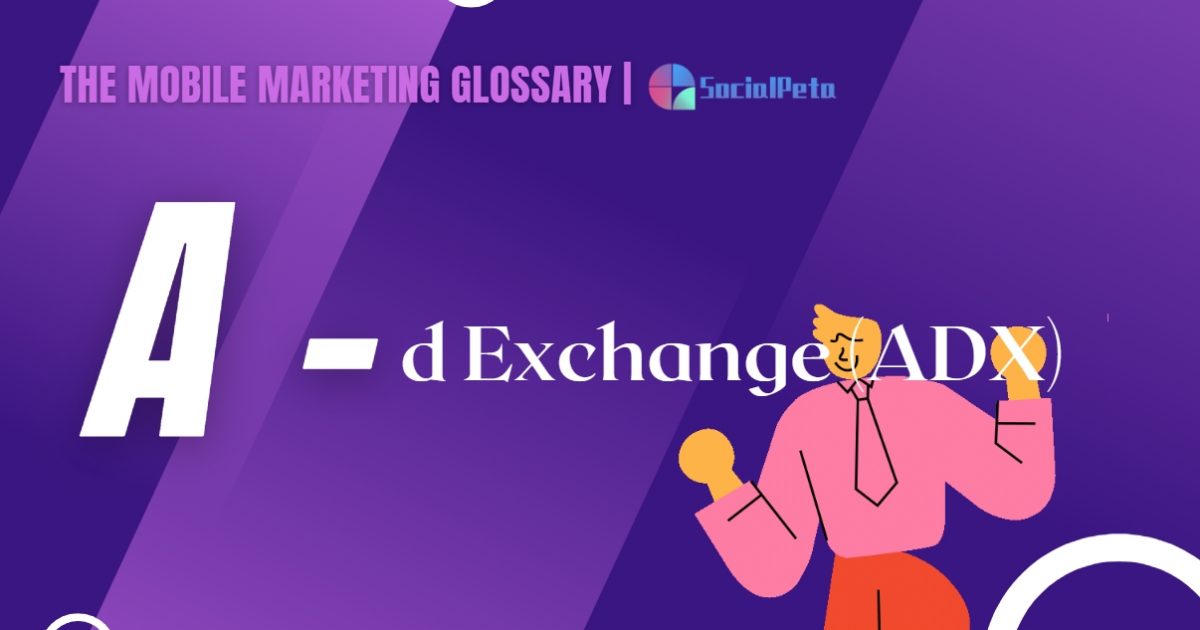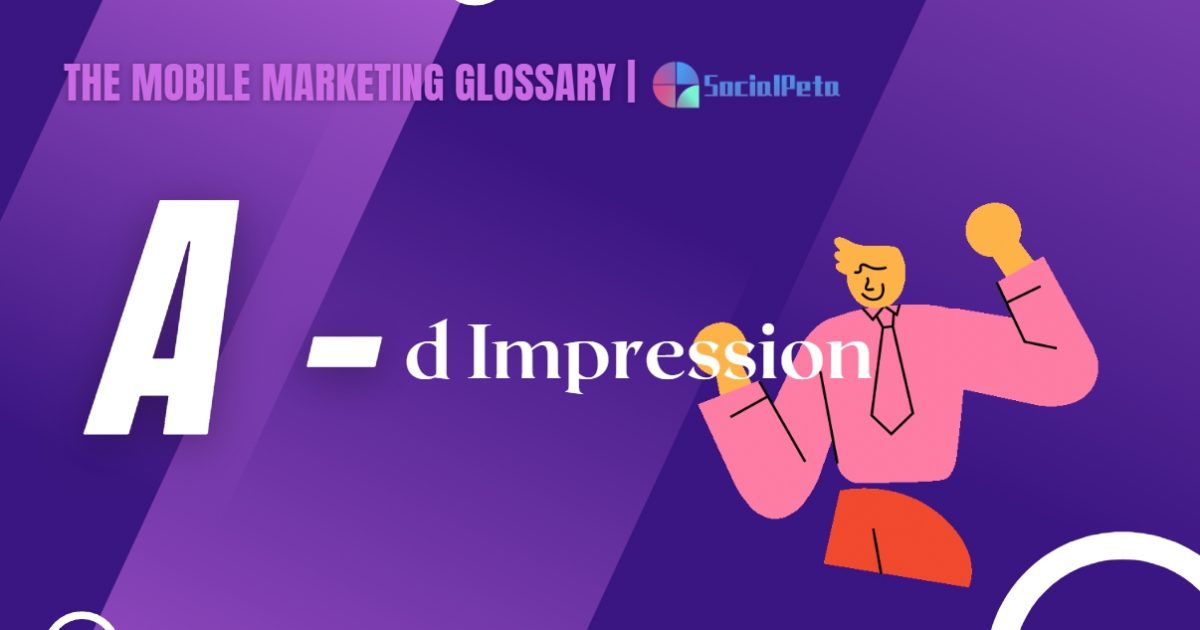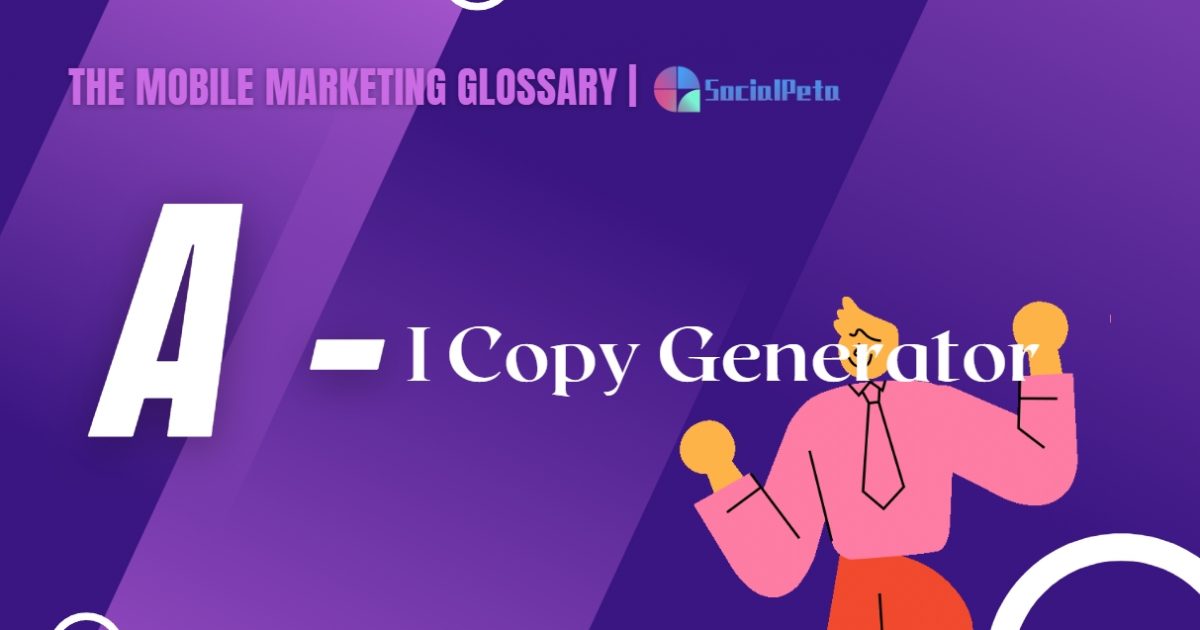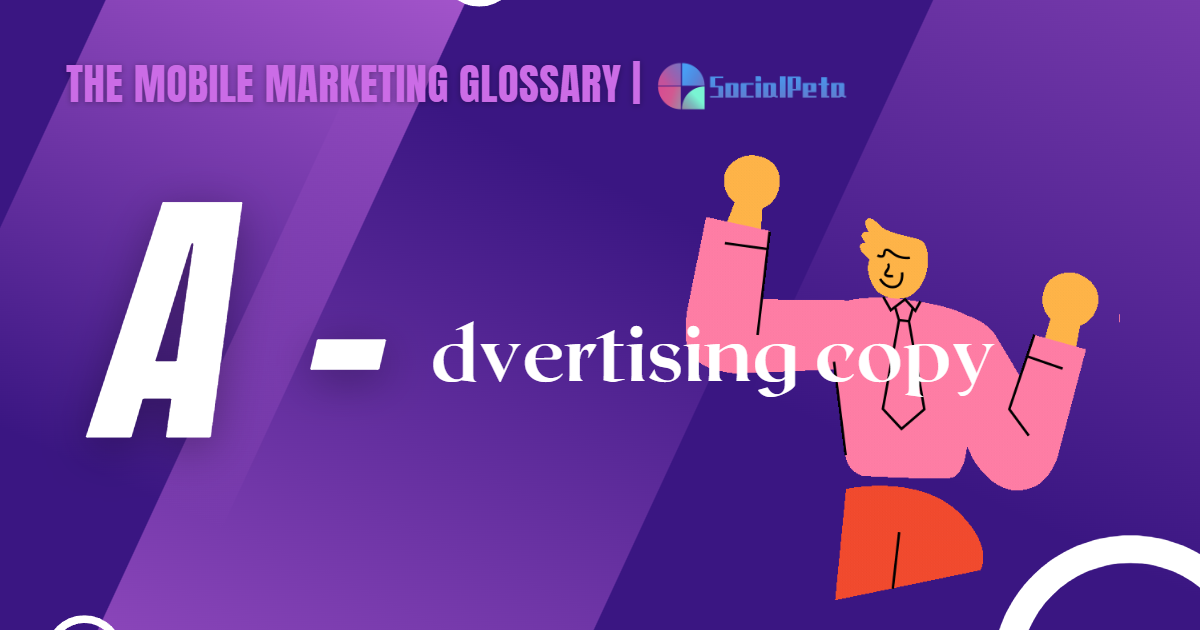What are Ad Extensions(Ads Assets)?
Ad extensions, also known as Google Ads assets, play a pivotal role in optimizing Google Ads campaigns. These supplementary pieces of information expand your ad's visibility and effectiveness.
What Are Ad Extensions?
Ad extensions in Google Ads refer to additional pieces of information incorporated into text ads. These extensions expand the ad's information beyond the basic copy, offering users more reasons to engage. They come in various forms such as:
- Affiliate Location Extensions/Assets
- Callout Extensions/Assets
- Call Extensions/Assets
- Sitelink Extensions/Assets
- Structured Snippet Extensions
- App Extensions
- Promotion Extensions
- Image Extensions/Assets
- Lead Form Extensions/Assets
- Price Extensions/Assets
- Seller Ratings Extensions/Assets
- and more (see the full list of Google ads extensions/assets here)
Notes: Starting from September 2022, Google Ads extensions have been rebranded as assets.
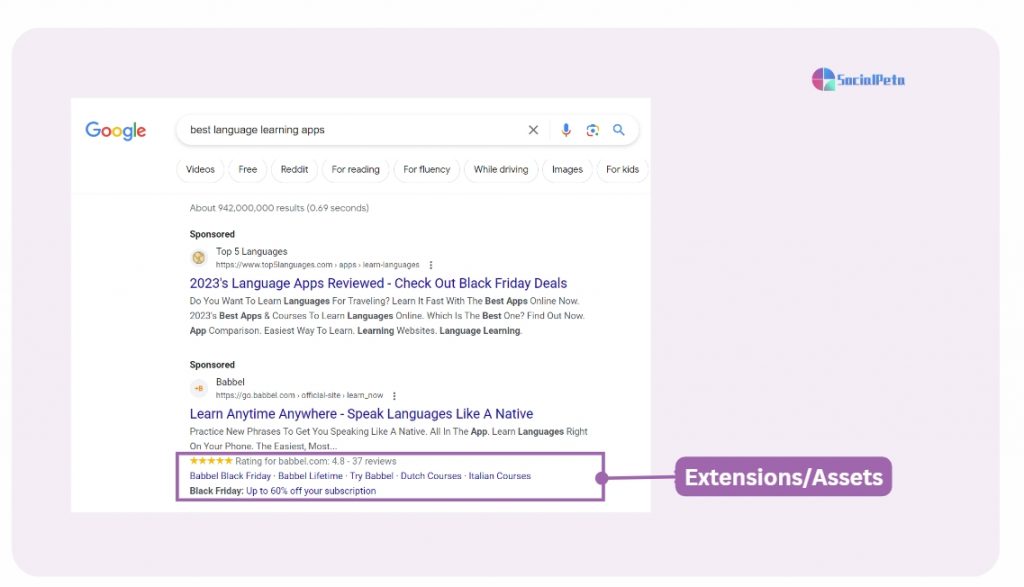
Why do Search Ad Extensions Matter?
Ad extensions not only enhance the visual appeal of your ads but also provide more reasons for users to engage with them. They increase the visibility of your ads, improve click-through rates, and contribute to higher conversion rates by providing valuable and relevant information right within the ad itself.
- Enhanced Visibility: Ad extensions increase the real estate occupied by your ads on search engine results pages (SERPs). This expanded space grabs more attention, making your ads stand out amid competition.
- Relevance and Information: They provide additional details and options within the ad itself, giving users more reasons to click. When users find relevant information or extensions that align with their needs, they're more likely to engage with the ad.
- Improved Click-Through Rates (CTR): Ads with extensions tend to have higher CTRs compared to standard text ads. The added information and functionalities make them more appealing and credible to users, encouraging them to take action.
- Better User Experience: Ad extensions cater to various user intents. Whether users are seeking specific information, location details, or direct communication, these extensions facilitate a smoother and more intuitive user journey.
How Can Ad Extensions Contribute to Increasing User Engagement?
- Offering More Choices: Different ad extensions cater to different user preferences. Sitelink extensions, for example, provide users with multiple links to explore, allowing them to choose the most relevant page. This empowers users and increases their engagement by offering choices.
- Providing Relevant Information: Ad extensions present additional details directly within the ad, such as pricing, services, or unique selling points. This information helps users make informed decisions without having to navigate away from the search results.
- Encouraging Interaction: Call and location extensions enable direct interaction with the business, either through a phone call or by providing the physical location. This immediate access encourages engagement by facilitating quick and direct communication.
- Increasing Trust and Credibility: Structured snippets and callout extensions highlight specific features or benefits of products/services, establishing trust and credibility with users. When users see that the ad fulfills their needs or preferences, they're more likely to engage.
Overall, ad extensions play a crucial role in enhancing user engagement by offering more relevant information, increasing ad visibility, and providing additional functionalities within the ad itself.
Spy on Top Ads, For Your Apps
Register For Free DemoWhat's a Best Practice for Using Ad Extensions?
Categories of Ad Extensions: Manual vs. Automated
Google Ad extensions/Assets are divided into two primary categories: Manual and Automated.
- Manual Extensions: These extensions require deliberate setup and customization. They offer more control and allow you to tailor the additional information according to your marketing objectives. Manual extensions include sitelinks, callouts, structured snippets, and more. They are highly recommended when specific messaging or unique selling propositions need emphasis.
- Automated Extensions: Automated extensions (also known as “dynamic”), as the name suggests, are generated automatically by Google based on your ad text, landing page content, and other factors. These extensions include seller ratings, automated call extensions, dynamic site links, and more. They're useful when you want to save time and leverage Google's algorithms to showcase relevant information dynamically.
Which Ad Extensions Can Serve Automatically?
Here are ad extensions that can serve automatically:
- Dynamic sitelinks
- Dynamic callouts
- Dynamic structured snippets
- Automated app extensions
- Automated location extensions
- Dynamic image extensions
- Longer ad headlines
- Seller ratings
Types of Extensions and When to Use Them
1. Sitelink Extensions:
- Type: Manual/Automated
- When to Use: Highlight specific pages on your website such as product categories or services.
- Why: Direct users to relevant sections, improving navigation and user experience.
2. Structured Snippet Extensions:
- Type: Manual/Automated
- When to Use: Showcase specific aspects or features of products/services.
- Why: Offer additional context to help users understand offerings comprehensively.
3. Callout Extensions:
- Type: Manual/Automated
- When to Use: Emphasize unique selling points, promotions, or key benefits.
- Why: Provide additional valuable information to entice user engagement.
4. Location Extensions:
- Type: Manual /Automated
- When to Use: Display physical business addresses.
- Why: Facilitate local customers in finding your business.
5. Image Extensions:
- Type: Manual/Automated
- When to Use: Display images within your ads.
- Why: Visual content enhances engagement, making your ad more eye-catching and informative. Images can showcase products, services, or brand visuals, attracting users' attention and increasing click-through rates.
6. App Extensions:
- Type: Manual /Automated
- When to Use: Promote mobile apps directly within the ad.
- Why: Encourage app downloads or usage.
7. Call Extensions:
- Type: Manual
- When to Use: Encourage direct calls to your business.
- Why: Cater to users seeking immediate contact or information.
8. Affiliate Location Extensions:
- Type: Manual
- When to Use: Highlight locations selling your products/services.
- Why: Increase visibility of affiliated stores selling your offerings.
9. Price Extensions:
- Type: Manual
- When to Use: Showcase product or service prices.
- Why: Offer transparency and attract users interested in specific price points.
10. Promotion Extensions:
- Type: Manual
- When to Use: Highlight special offers or promotions.
- Why: Increase visibility of limited-time deals or discounts.
11. Lead Form Extensions:
- Type: Manual
- When to Use: Collect user information directly from the ad.
- Why: Simplify lead generation by reducing user steps.
12. Seller Ratings Extensions:
- Type: Automated
- When to Use: Showcase ratings and reviews automatically.
- Why: Build credibility by displaying positive feedback.
Google Ad Extensions Frequently Asked Questions:
Are Google Ads extensions free?
Yes, using ad extensions doesn't incur additional costs. You're charged the same CPC (cost-per-click) as for clicks on the ad itself.
Are Google Ads extensions really needed?
While they're not mandatory, ad extensions enhance ad visibility and engagement, positively impacting performance.
How to set up Google Ads extensions?
Access the "Extensions" tab in your Google Ads account and select the type of extension you want to create. Follow the prompts to set them up.
Can I control when certain Google Ad extensions show?
Yes, you can schedule when specific extensions appear based on time, device, or audience.
Are Google Ad extensions responsive?
Yes, most extensions adapt to different devices for a responsive display.
Is there a limit to how many extensions I can use?
There are no strict limits, but Google recommends using as many relevant extensions as possible without cluttering the ad.
Are account-level automated assets the same thing as automatically created assets?
No. Account-level automated assets (such as dynamic sitelinks) are enabled at the account level. Automatically created assets, which help you generate additional assets (such as headlines and descriptions), are a campaign-level setting.
